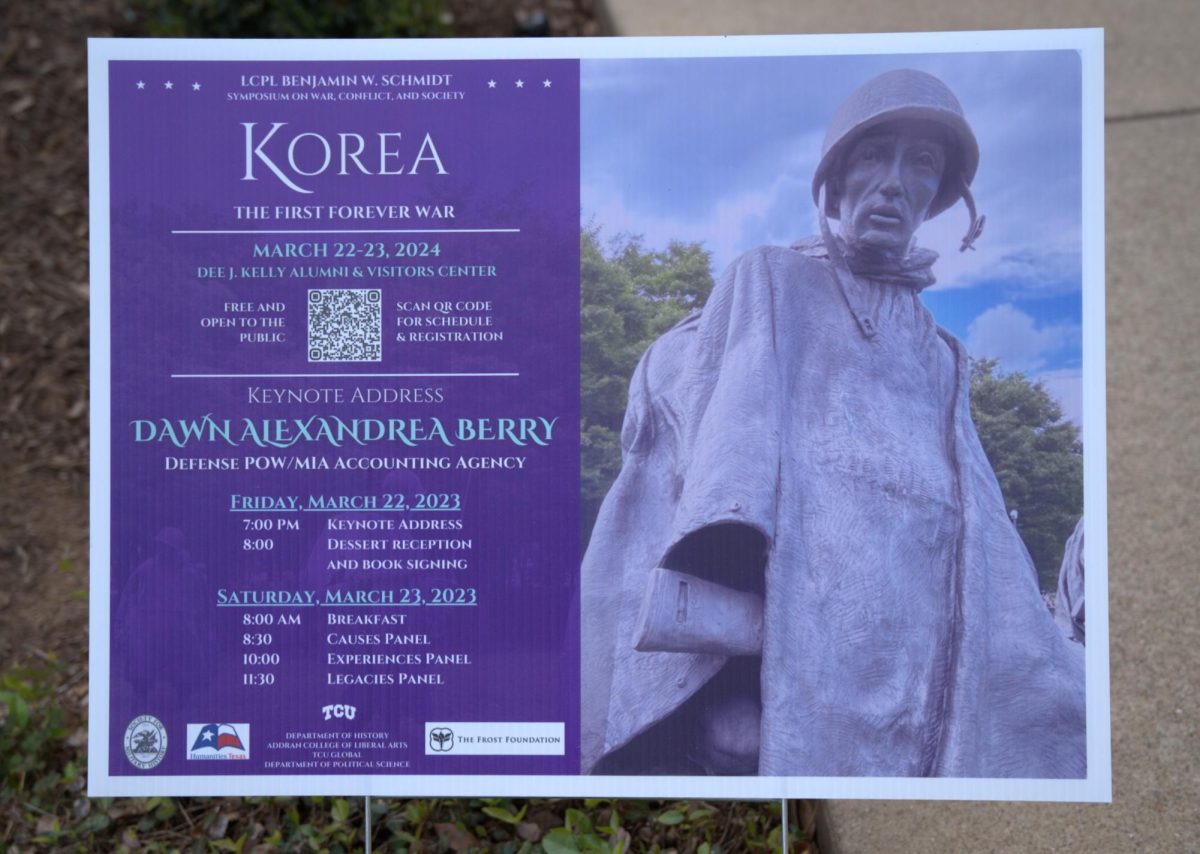Art history Professor Babette Bohn spent last week in London for the opening of an exhibit she co-curated at the National Gallery.
The exhibition is called “Barocci: Brilliance and Grace” and displays paintings and preparatory drawings by 16th-century Italian artist Federico Barocci.
Many of the paintings, Bohn said, had never left Italy, so much of the rest of the world is unfamiliar with his work.
“It makes me feel very fulfilled, like it was a good use of many years of my life to go out and help other people appreciate him,” Bohn said. “Several of the London papers had the headline ‘The Greatest Artist You’ve Never Heard Of.’ I think that’s kind of right on the money.”
Bohn has spent the past six years preparing for this exhibition. She and her co-curator traveled to about 60 different museums and churches around the world to select and loan more than 130 of Barocci’s approximately 1500 remaining pieces.
The pieces came from such sites as the Vatican Museum in Rome, the Uffizi Gallery in Florence, the Louvre Museum in Paris and Windsor Castle in the U.K.
“Nothing like this happens easily or overnight,” Bohn said. “My advisor in graduate school always used to say, ‘Work on great artists because they won’t let you down.’ So all that effort and all those years and all that energy was worthwhile because Barocci is an incredible artist.”
Before the London exhibition, which is scheduled to end in May, the Saint Louis Art Museum exhibited the pieces last fall. Bohn’s friend and co-curator Judith Mann works at the museum and initiated the plan to create a Barocci exhibition. The two also co-authored the exhibition catalogue, which interprets Barocci’s works and describes his processes through preparatory drawings.
“When you have a big international exhibition, it costs a lot of money, so we wanted a second venue to share in the costs and to assist with the loans,” Bohn said. “We knew that some of the things we wanted to borrow would be very difficult to obtain the loans.”
When they contacted Nicholas Penny, director of the National Gallery, Bohn said Penny was on board instantly.
“He adored Barocci, thought he was a brilliant and underappreciated artist,” Bohn said.
Barocci combined the artistic styles of the High Renaissance period and the Baroque periods, according to the museum’s website.
Bohn said Barocci bridged these two periods by the innovative use of color. Rather than drawing in black and white, Barocci used pastel colors in his preparatory drawings in order to perfect the color he would use in his paintings.
“For exquisite and original colour harmonies, for tenderness of sentiment, for compelling and vertiginous compositions, Barocci has never been surpassed,” Penny said. “He rendered the sacred both divinely beautiful and irresistibly human.”
Most of Barocci’s work, Bohn said, portrays religious subjects with incredible detail on the head, hands, feet and muscles. In order to perfect the anatomical and color details, Bohn said Barocci would create 40-50 preparatory drawings for each painting.
“By the end of your studies, you can think like the artist. I know a Barocci drawing when I see one,” Bohn said. “I like to think that after all these centuries of relative obscurity, that what we’ve given back to Barocci is an understanding so that everyone can understand him.”
Throughout her week in London, Bohn and her team gave tours and lectures, led discussions and hosted dinners at the gallery. Attendees included lenders of the pieces, high-level patrons and the media.
“I cried actually, so did Judy, when I left the exhibition because it’s been both our lives for so many years. I kept going back through the exhibition one more time, thinking ‘I wonder if I’ll ever see this again,’” Bohn said.
This story was updated on Monday, March 4 at 10:40 p.m.





